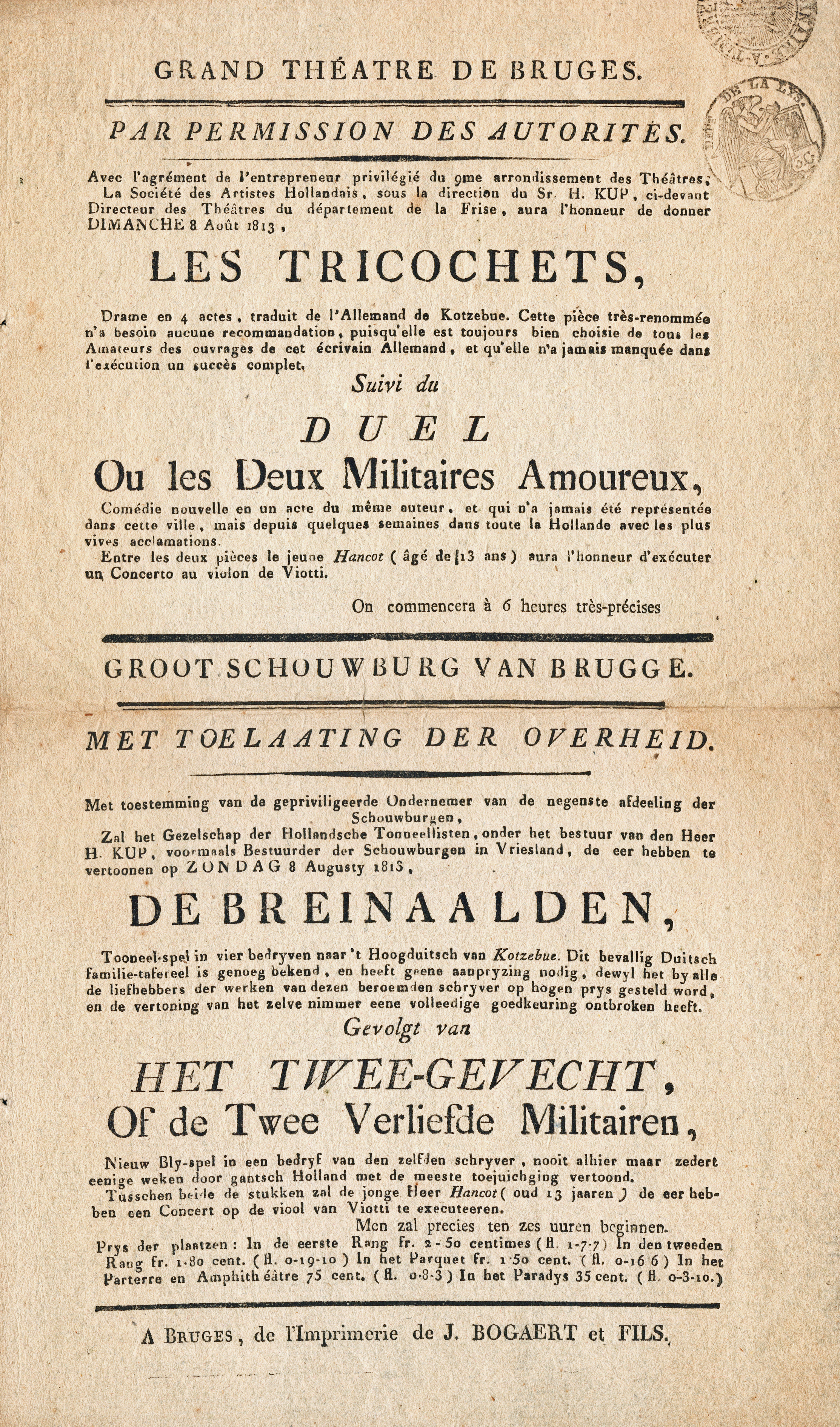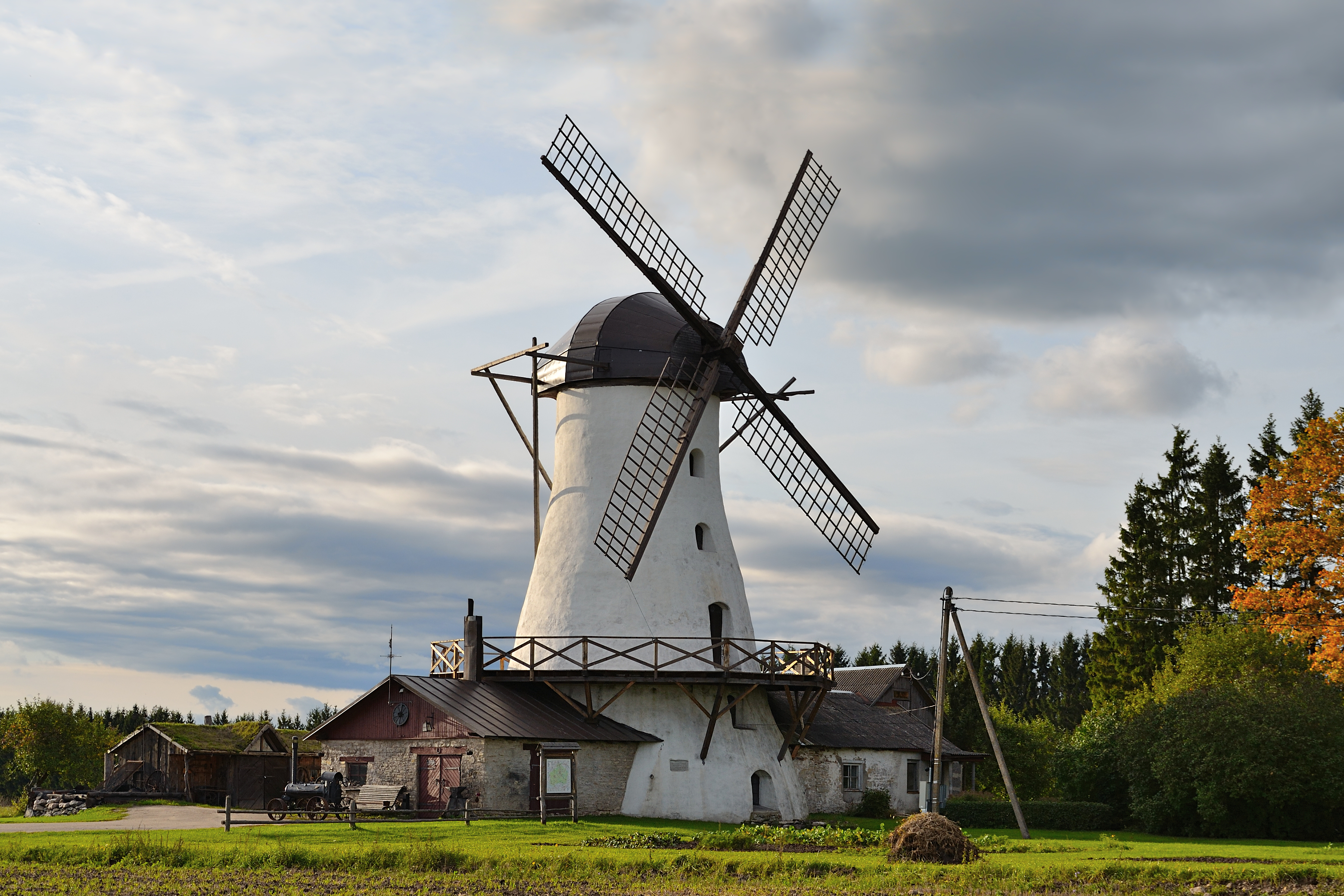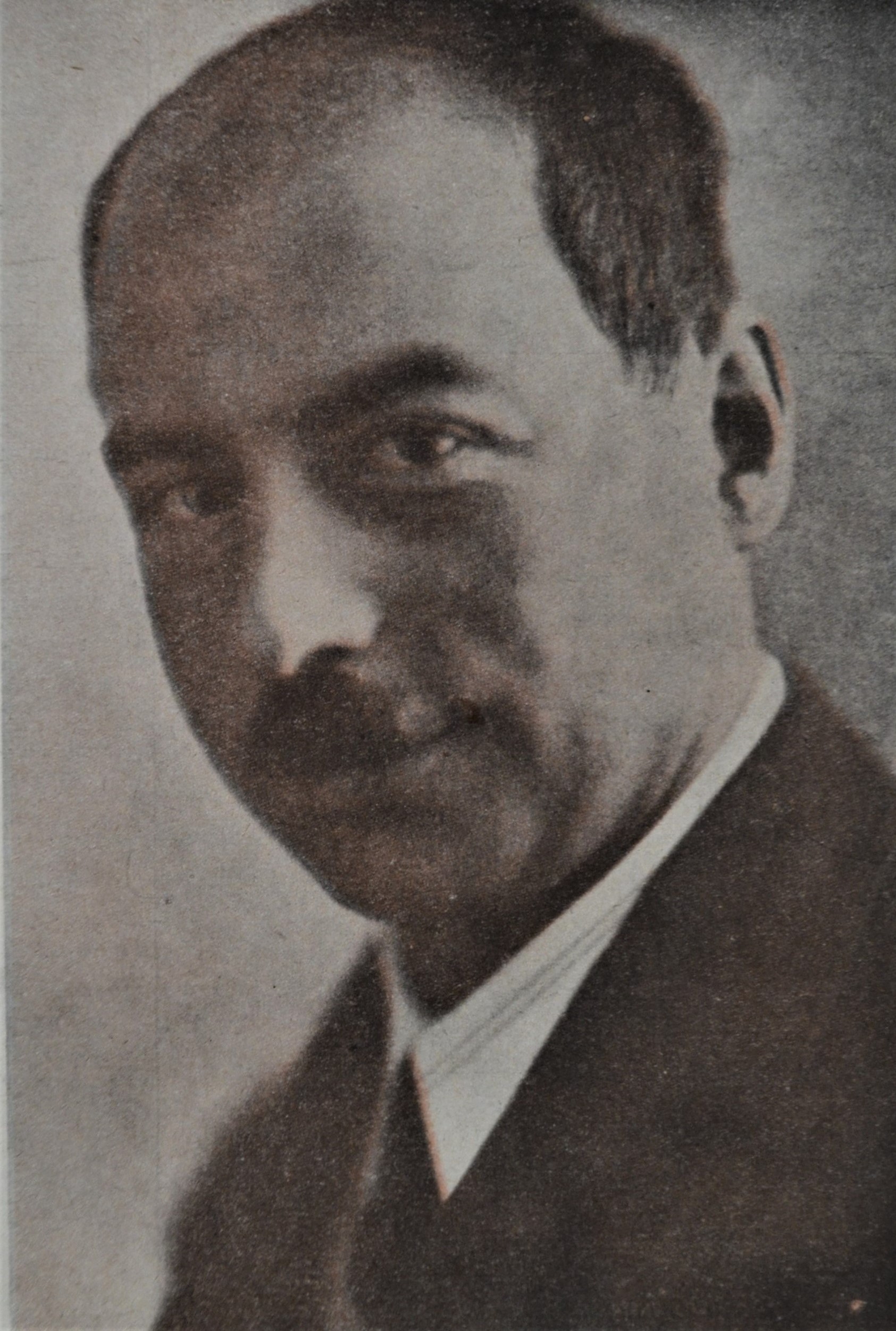|
Järlepa
Järlepa is a village in Rapla Parish, Rapla County, Estonia. It has an area of and a population of 206 (as of 1 February 2010). Between 1991–2017 (until the administrative reform of Estonian municipalities) the village was located in Juuru Parish. In 2010 Sadala village was detached from the lands of Järlepa and Lõiuse villages. Järlepa manor Järlepa (german: Jerlep) was founded after 1688. The present building was erected in 1804 in a classicist style. It was devastated during the uprising in 1905 but later restored. During the Soviet occupation of Estonia, the manor house was used as the office of a collective farm. The most famous resident of the manor was dramatist August von Kotzebue, who acquired the estate in 1804. During his time, a small theatre was put up at the estate, and Kotzebue's plays were often performed. See also * List of palaces and manor houses in Estonia This is the List of palaces and manor houses in Estonia. This list does not include castles ... [...More Info...] [...Related Items...] OR: [Wikipedia] [Google] [Baidu] |
Juuru Parish
Juuru Parish ( et, Juuru vald) is a former Estonian municipality located in Rapla County. It had a population of 1,627 (as of 31 March 2006) and an area of 152.4 km². In 2017, Juuru Parish was merged into Rapla Parish. Settlements Juuru Parish has one small borough (Juuru, with 597 inhabitants) and 14 villages: Atla, Härgla, Helda, Hõreda, Jaluse, Järlepa, Kalda, Lõiuse, Mahtra, Maidla, Orguse, Pirgu, Sadala, and Vankse. Gallery File:Juuru kirik 1.jpg, Juuru Church File:Järlepa mõisa peahoone.jpg, Järlepa Järlepa is a village in Rapla Parish, Rapla County, Estonia. It has an area of and a population of 206 (as of 1 February 2010). Between 1991–2017 (until the administrative reform of Estonian municipalities) the village was located in Juuru ... Manor File:Hõreda mõisa peahoone 1.jpg, Hõreda Manor File:Maidla mõisa peahoone 08-05-2013.jpg, Maidla Manor File:Pirgu mõisa peahoone1.jpg, Pirgu Manor File:Härgla mõisa peahoone 1.jpg, Här ... [...More Info...] [...Related Items...] OR: [Wikipedia] [Google] [Baidu] |
List Of Palaces And Manor Houses In Estonia
This is the List of palaces and manor houses in Estonia. This list does not include castles, which are listed in a List of castles in Estonia, separate article. As there are at least 400 manor houses in Estonia, this list is incomplete. Palaces and manor houses in Estonia See also *Baltic nobility *Baltic Germans *List of palaces and manor houses in Latvia *List of palaces and manor houses in Lithuania *List of castles *List of castles in Estonia *List of castles in Latvia *List of castles in Lithuania *List of summer manors in Estonia Additional information References Sources * External links {{Commons category, Palaces in Estonia Estonian Manors PortalEstonian Manor AssociationManor Houses & Castles at VisitEstonia Lists of buildings and structures in Estonia, Palaces and manor houses Palaces in Estonia, Manor houses in Estonia, Lists of palaces by country, Estonia Lists of tourist attractions in Estonia, Palaces and manor houses ... [...More Info...] [...Related Items...] OR: [Wikipedia] [Google] [Baidu] |
Sadala, Rapla County
Sadala is a village in Rapla Parish, Rapla County, Estonia. It has an area of 385 hectares and a population of 10 (as of 1 February 2010). Between 1991–2017 (until the administrative reform of Estonian municipalities) the village was located in Juuru Parish. Sadala village was detached from Lõiuse and Järlepa Järlepa is a village in Rapla Parish, Rapla County, Estonia. It has an area of and a population of 206 (as of 1 February 2010). Between 1991–2017 (until the administrative reform of Estonian municipalities) the village was located in Juuru ... villages in 2010. References Villages in Rapla County {{Rapla-geo-stub ... [...More Info...] [...Related Items...] OR: [Wikipedia] [Google] [Baidu] |
August Von Kotzebue
August Friedrich Ferdinand von Kotzebue (; – ) was a German dramatist and writer who also worked as a consul in Russia and Germany. In 1817, one of Kotzebue's books was burned during the Wartburg festival. He was murdered in 1819 by Karl Ludwig Sand, a militant member of the ''Burschenschaften''. This murder gave Metternich the pretext to issue the Carlsbad Decrees of 1819, which dissolved the ''Burschenschaften'', cracked down on the liberal press, and seriously restricted academic freedom in the states of the German Confederation. Life Kotzebue was born in Weimar to the respected merchant Kotzebue family and was educated at Wilhelm-Ernst- Gymnasium in Weimar, where his uncle, the writer and critic Johann Karl August Musäus was among his teachers. In 1776 the young Kotzebue acted alongside Goethe in the latter's play ''Die Geschwister'' when it premiered in Weimar. In 1777, aged sixteen, he enrolled at the University of Jena to study legal science. He continued his stud ... [...More Info...] [...Related Items...] OR: [Wikipedia] [Google] [Baidu] |
Rapla Parish
Rapla Parish ( et, Rapla vald) is an Estonian municipality located in Rapla County. It has a population of 13,193 (as of 1 January 2019) and an area of 859 km2. Settlements ;Town: Rapla ;Small boroughs: Alu - Hagudi - Kaiu - Kuusiku ;Villages: Äherdi - Alu-Metsküla - Aranküla - Atla - Hagudi - Helda - Hõreda - Iira - Jalase - Jaluse - Järlepa - Juula - Juuru - Kabala - Kaigepere - Kalda - Kalevi - Karitsa - Kasvandu - Kelba - Keo - Kodila - Kodila-Metsküla - Koigi - Koikse - Kõrgu - Kuimetsa - Kuku - Kuusiku-Nõmme - Lipa - Lipametsa - Lipstu - Loe - Lõiuse - Lõpemetsa - Mahlamäe - Mahtra - Maidla - Mällu - Metsküla - Mõisaaseme - Nõmme - Nõmmemetsa - Nõmmküla - Oblu - Oela - Ohulepa - Oola - Orguse - Palamulla - Pirgu - Põlliku - Põlma - Purila - Purku - Raela - Raikküla - Raka - Ridaküla - Röa - Sadala - Seli - Seli-Nurme - Sikeldi - Sulupere - Suurekivi - Tamsi - Tapupere - Tolla - Toomja - Tõ ... [...More Info...] [...Related Items...] OR: [Wikipedia] [Google] [Baidu] |
Lõiuse
Lõiuse is a village in Rapla Parish, Rapla County in northwestern Estonia. It has an area of 13.48 km² and a population of 108 (as of 1 February 2010). Lõiuse was first mentioned in 1241 as ''Leus'' village in the Danish Census Book. Between 1991–2017 (until the administrative reform of Estonian municipalities) the village was located in Juuru Parish. In 2010 Sadala village was detached from the lands of Lõiuse and Järlepa Järlepa is a village in Rapla Parish, Rapla County, Estonia. It has an area of and a population of 206 (as of 1 February 2010). Between 1991–2017 (until the administrative reform of Estonian municipalities) the village was located in Juuru ... villages. References Villages in Rapla County {{Rapla-geo-stub ... [...More Info...] [...Related Items...] OR: [Wikipedia] [Google] [Baidu] |
Villages In Rapla County
A village is a clustered human settlement or community, larger than a hamlet but smaller than a town (although the word is often used to describe both hamlets and smaller towns), with a population typically ranging from a few hundred to a few thousand. Though villages are often located in rural areas, the term urban village is also applied to certain urban neighborhoods. Villages are normally permanent, with fixed dwellings; however, transient villages can occur. Further, the dwellings of a village are fairly close to one another, not scattered broadly over the landscape, as a dispersed settlement. In the past, villages were a usual form of community for societies that practice subsistence agriculture, and also for some non-agricultural societies. In Great Britain, a hamlet earned the right to be called a village when it built a church. [...More Info...] [...Related Items...] OR: [Wikipedia] [Google] [Baidu] |
Collectivization In The Soviet Union
The Soviet Union introduced the collectivization (russian: Коллективизация) of its agricultural sector between 1928 and 1940 during the ascension of Joseph Stalin. It began during and was part of the first five-year plan. The policy aimed to integrate individual landholdings and labour into collectively-controlled and state-controlled farms: ''Kolkhozes'' and ''Sovkhozes'' accordingly. The Soviet leadership confidently expected that the replacement of individual peasant farms by collective ones would immediately increase the food supply for the urban population, the supply of raw materials for the processing industry, and agricultural exports via state-imposed quotas on individuals working on collective farms. Planners regarded collectivization as the solution to the crisis of agricultural distribution (mainly in grain deliveries) that had developed from 1927. This problem became more acute as the Soviet Union pressed ahead with its ambitious industrializati ... [...More Info...] [...Related Items...] OR: [Wikipedia] [Google] [Baidu] |
Baltic States Under Soviet Rule (1944–1991)
The three Baltic states – Estonia, Latvia and Lithuania – were occupied and ruled by the Soviet Union (USSR) starting in 1944. They regained independence in 1991. In 1944-1945, World War II and the occupation by Nazi Germany ended. Then, re-occupation and annexation by the Soviet Union occurred, as the three countries became constituent "union republics" of the USSR: Estonian SSR, Latvian SSR and Lithuanian SSR. The three countries remained under Soviet rule until regaining their full independence in August 1991, a few months prior to the eventual dissolution of the Soviet Union in December 1991. Soviet rule in the Baltic states led to mass deportations to other parts of the Soviet Union, in order to quell resistance and weaken national identity. Mass migration from other parts of the Soviet Union into the Baltic states had a similar effect. The Soviet Union also required the Baltic states to industrialize in a manner to maximize the Soviet economy, and isolated the ... [...More Info...] [...Related Items...] OR: [Wikipedia] [Google] [Baidu] |
Revolution Of 1905
The Russian Revolution of 1905,. also known as the First Russian Revolution,. occurred on 22 January 1905, and was a wave of mass political and social unrest that spread through vast areas of the Russian Empire. The mass unrest was directed against the Tsar, nobility, and ruling class. It included worker strikes, peasant unrest, and military mutinies. In response to the public pressure, Tsar Nicholas II enacted some constitutional reform (namely the October Manifesto). This took the form of establishing the State Duma, the multi-party system, and the Russian Constitution of 1906. Despite popular participation in the Duma, the parliament was unable to issue laws of its own, and frequently came into conflict with Nicholas. Its power was limited and Nicholas continued to hold the ruling authority. Furthermore, he could dissolve the Duma, which he often did. The 1905 revolution was primarily spurred by the international humiliation as a result of the Russian defeat in the Russo-Japa ... [...More Info...] [...Related Items...] OR: [Wikipedia] [Google] [Baidu] |
Populated Places In Estonia
Populated places in Estonia (officially: settlement units), are cities or settlement units of rural municipalities, but only cities have administrative functions. Settlement units are divided into settlements and urban regions et, asum (subdivisions of cities). Officially there are five types of settlement units in Estonia: *town/city ( et, linn) *town without municipal status () *borough () *small borough () *village () See also * Municipalities of Estonia *List of cities and towns in Estonia *Counties of Estonia Counties ( et, maakond, plural ') are the first-level administrative subdivisions of Estonia. Estonian territory is composed of 15 counties, including 13 on the mainland and 2 on islands. The government (') of each county is led by a ' (gover ... Notes External links Place Names Board of Estonia [...More Info...] [...Related Items...] OR: [Wikipedia] [Google] [Baidu] |
List Of Sovereign States
The following is a list providing an overview of sovereign states around the world with information on their status and recognition of their sovereignty. The 206 listed states can be divided into three categories based on membership within the United Nations System: 193 UN member states, 2 UN General Assembly non-member observer states, and 11 other states. The ''sovereignty dispute'' column indicates states having undisputed sovereignty (188 states, of which there are 187 UN member states and 1 UN General Assembly non-member observer state), states having disputed sovereignty (16 states, of which there are 6 UN member states, 1 UN General Assembly non-member observer state, and 9 de facto states), and states having a special political status (2 states, both in free association with New Zealand). Compiling a list such as this can be a complicated and controversial process, as there is no definition that is binding on all the members of the community of nations concerni ... [...More Info...] [...Related Items...] OR: [Wikipedia] [Google] [Baidu] |







